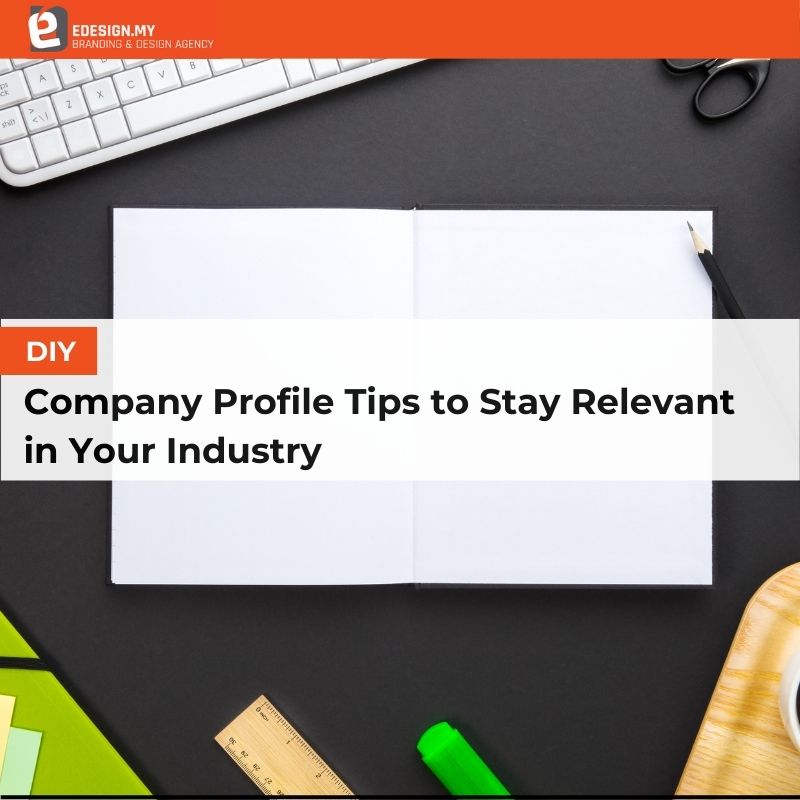DIY Company Profile Tips to Stay Relevant in Your Industry

A DIY company profile can be a game-changer for small businesses looking to build credibility, attract new clients, and stand out in a crowded marketplace
Whether you’re a startup or an established SME, building your own company profile allows you to fully control how your brand is presented.
You may shape the story, highlighting what is most important to your audience, and updating it as your business grows.
To leave a lasting impression, your profile must go beyond simply presenting facts.
It should be structured to match your brand’s personality, designed to capture attention, and written with clarity and purpose.
Whether it’s for clients, tenders, or marketing, you must clearly showcase your strengths, which begins with a well-written DIY company profile.
Start With a Clear Purpose
Before you write a single word, ask yourself, “What do I want my company profile to accomplish?” Some businesses use it for sales and marketing. Others use it for tenders, partnerships, or investor pitches.
Understanding your goals allows you to better personalize the tone, content, and style of your profile. For example:
- Sales profiles should emphasize product qualities, customer testimonials, and competitive advantages.
- Investor-oriented profiles should highlight financial performance, growth prospects, and leadership.
Tip: Avoid creating a single profile for all purposes. Consider having one or two tailored versions for different stakeholders.
Tell Your Story — Briefly but Powerfully
Every business has a story. Use your company profile to explain how your business began, what motivated it, and how it has grown.
However, keep it brief; nobody wants to read a history textbook. Instead, concentrate on milestones, challenges overcome, and how they shaped your values today.
DIY tip: Write your story in three short paragraphs.
- The beginning: How and why the company started out.
- The journey: Key achievements and developments.
- The now: The company’s values and future mission.

Highlight Your Core Offerings Clearly
When explaining what you do, avoid using industry jargon or vague language. Instead of saying, “We provide innovative solutions,” be more specific. For example:
- “We supply high-performance cutting tools for precision manufacturing.”
- “We offer anti-termite treatment services for residential and commercial buildings.”
This clarity lets readers rapidly determine whether your offerings meet their demands.
Tip: Organize this section using bullet points, product/service categories, or a brief table.
Showcase Your Strengths with Visuals
Do not underestimate the power of visuals. Photos of your factory, team, certifications, or product installations enhance your company’s credibility and engagement.
If you don’t have high-quality photos, consider using clear infographics or illustrations. They can help explain processes, service areas, or performance statistics well.
DIY Tip: You can make professional-looking visuals using free tools such as Canva or PowerPoint.

Include Real Client Success Stories
Credibility is important. An easy way to build trust is to include short case studies or testimonials. Describe an issue your client encountered, how your company helped, and the result.
For example:
“Client A, a leading food manufacturer, struggled with production downtime. They reduced downtime by 40% in three months after using our automated conveyor solutions.”
Even one or two short stories like this might help your profile stand out.
Keep Your Profile Updated
Businesses often create a company profile once and then forget about it. To be relevant, your profile must evolve alongside your business.
Set a reminder to review your profile every six to twelve months:
- Have you added any new services?
- Are there any awards or certifications?
- Have you expanded into new markets?
Updating these details often keeps your profile up-to-date with your latest skills.
Polish Your Profile Design
Even if you’re doing it yourself, presentation is important. Select a simple, clean layout that is consistent with your brand’s colors. Maintain consistent fonts, spacing, and headings.
DIY Tip: Use templates found in Word, PowerPoint, or internet platforms. Just be sure to modify them so they don’t look too generic.
If your budget allows, try hiring a professional designer to help you refine your layout after you’ve drafted the content.
Add a Strong Call-to-Action (CTA)
Do not leave readers wondering what to do next. End your company profile with a clear call to action, such as contacting you, requesting a quote, visiting your website, or following you on LinkedIn.
Make sure your contact information is correct and easy to find. This minor detail makes a significant impact in turning interest into action.
Stay Relevant by Keeping Your DIY Company Profile Sharp
Your profile may become a strong marketing and credibility tool if it is structured thoughtfully, has clear messaging, and is updated consistently.
Looking for a professional review or design polish for your DIY company profile? Allow eDesign to help you boost your brand with tailored layout, copywriting, and formatting services. Contact us now!




























